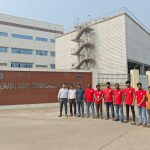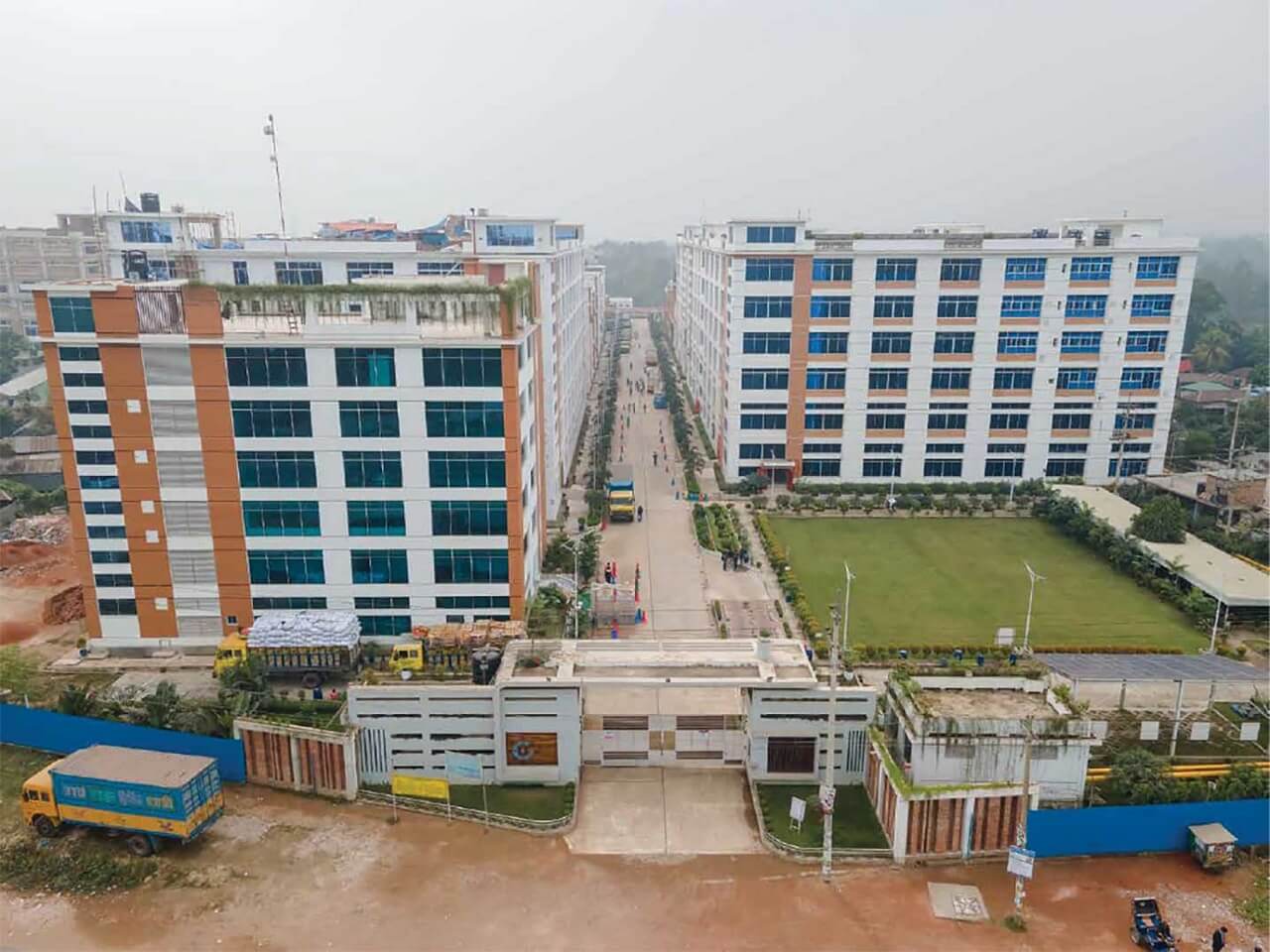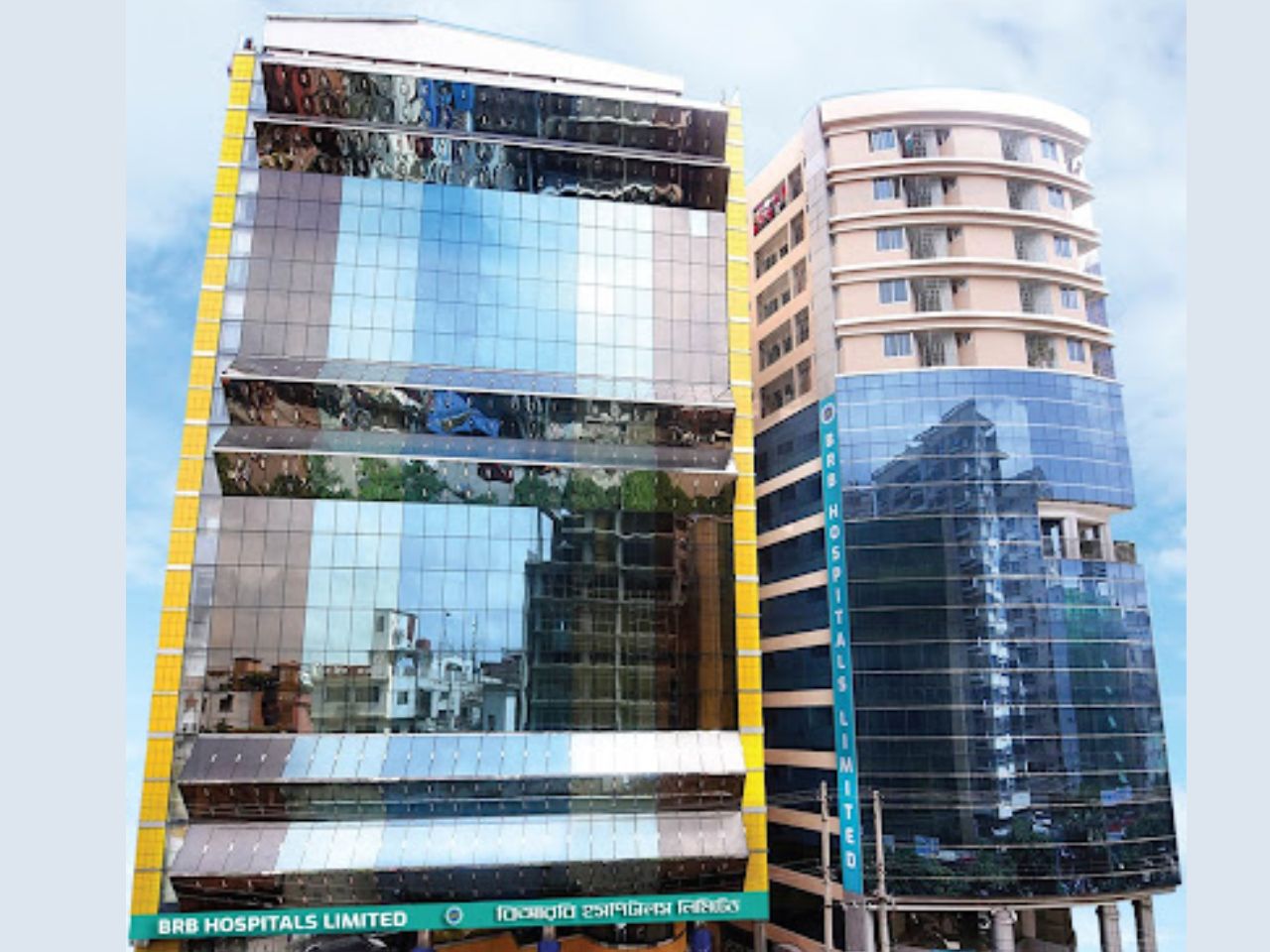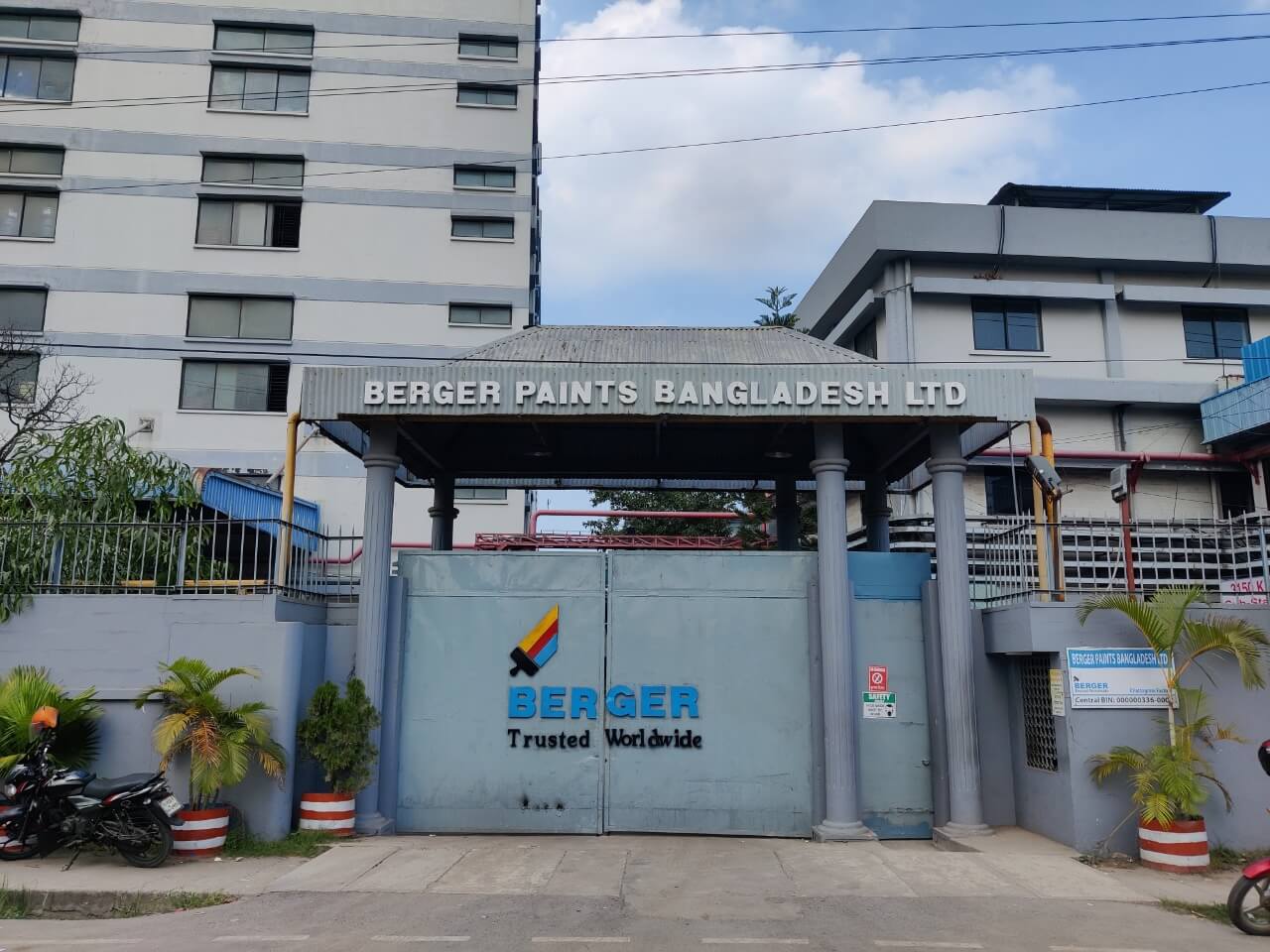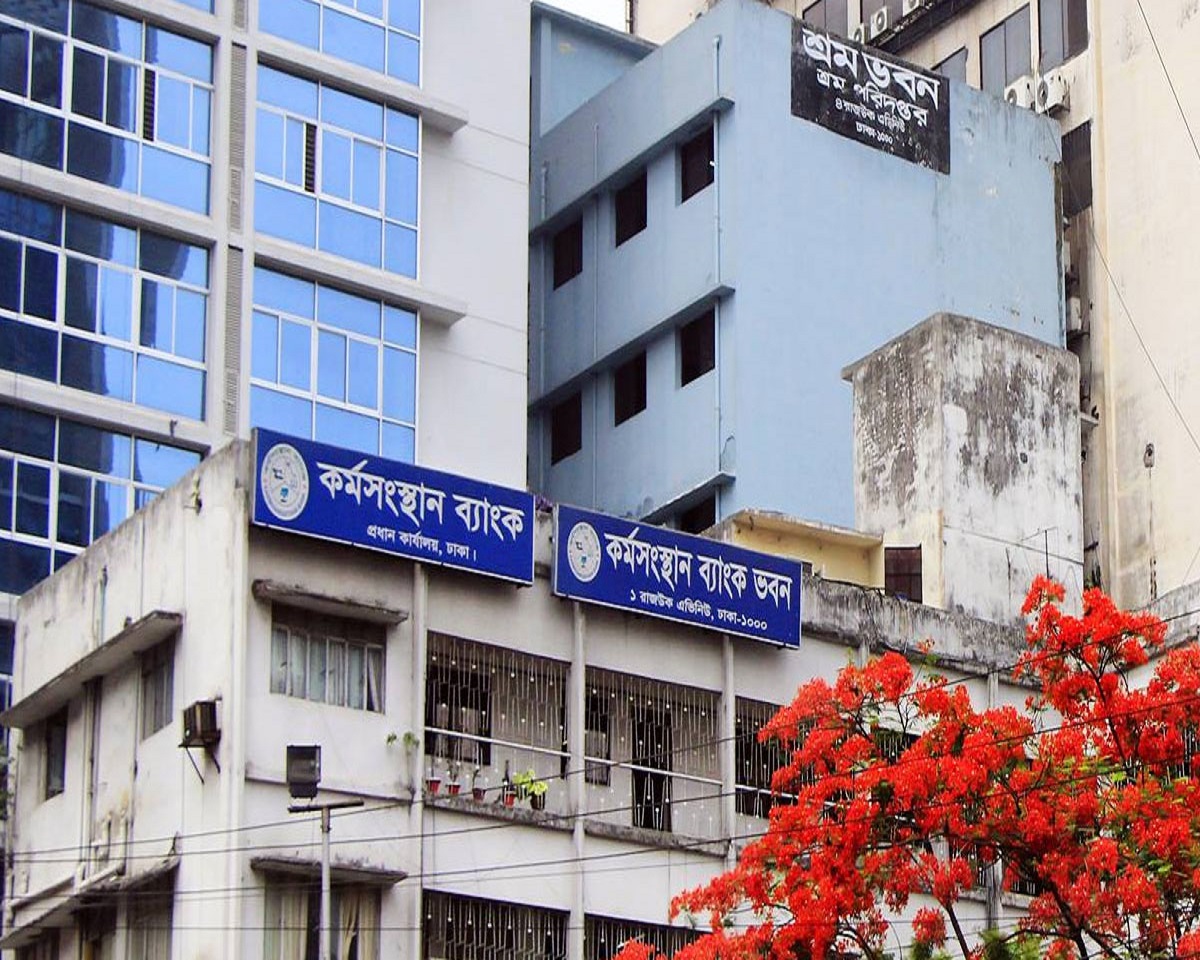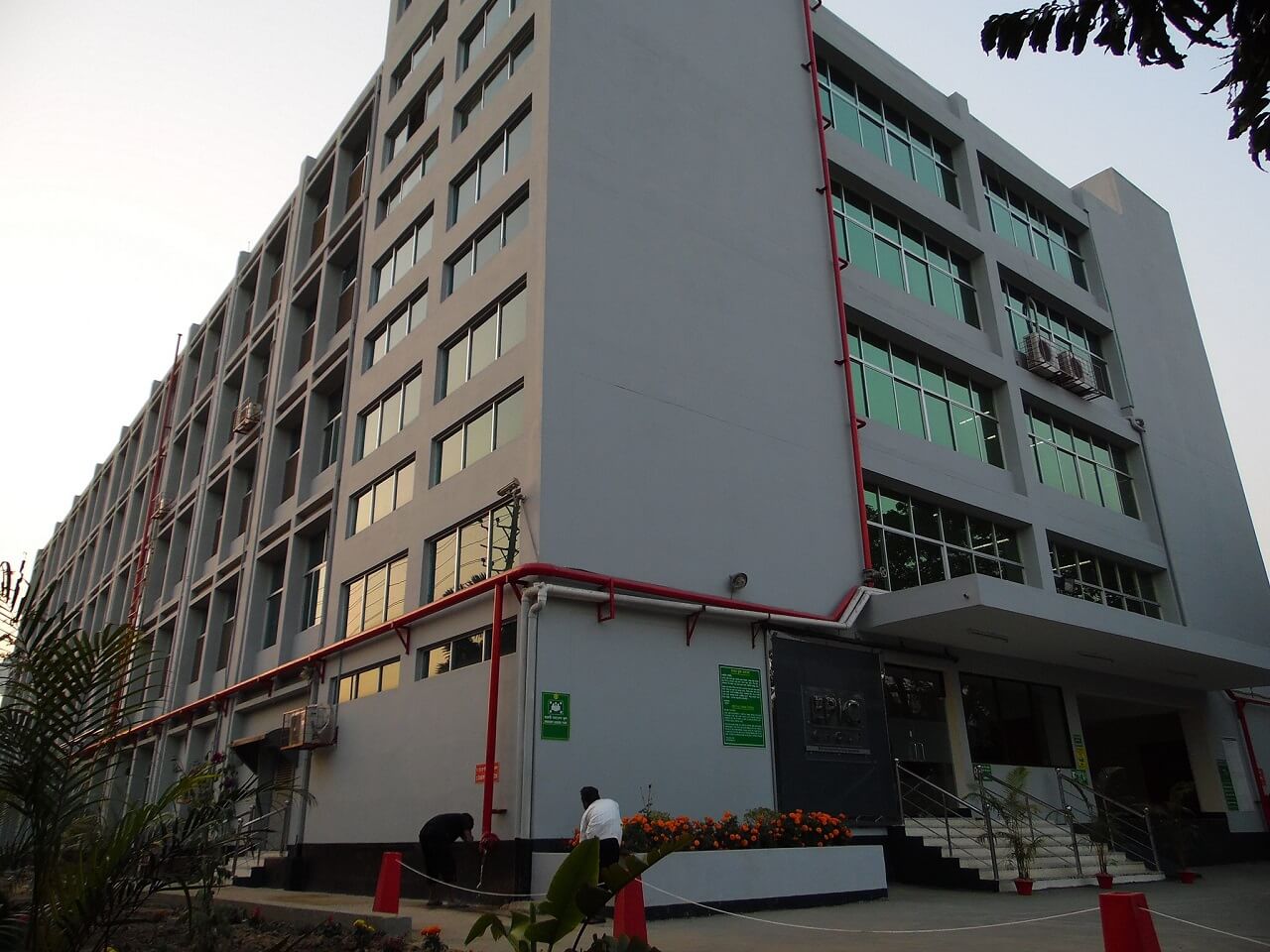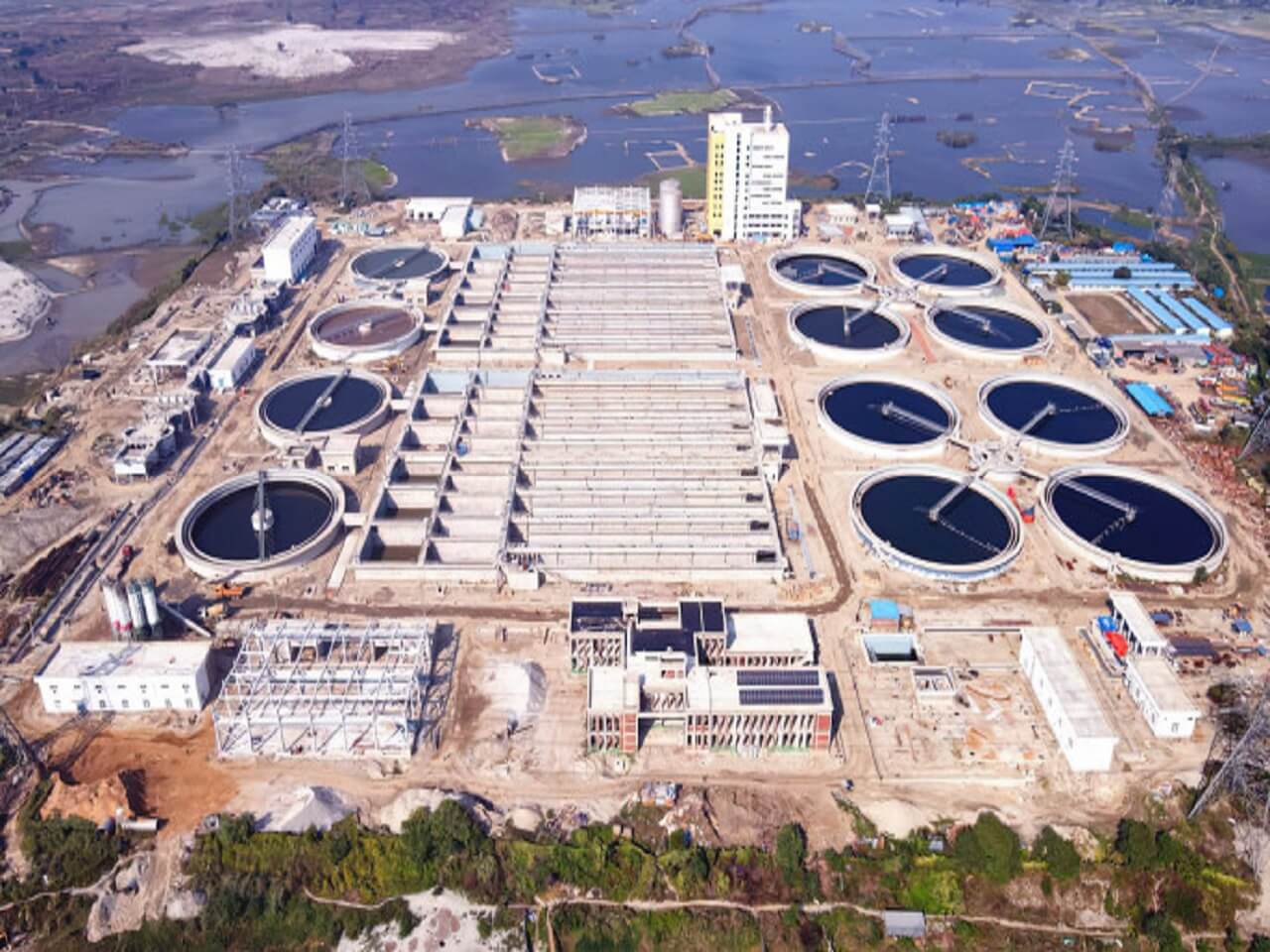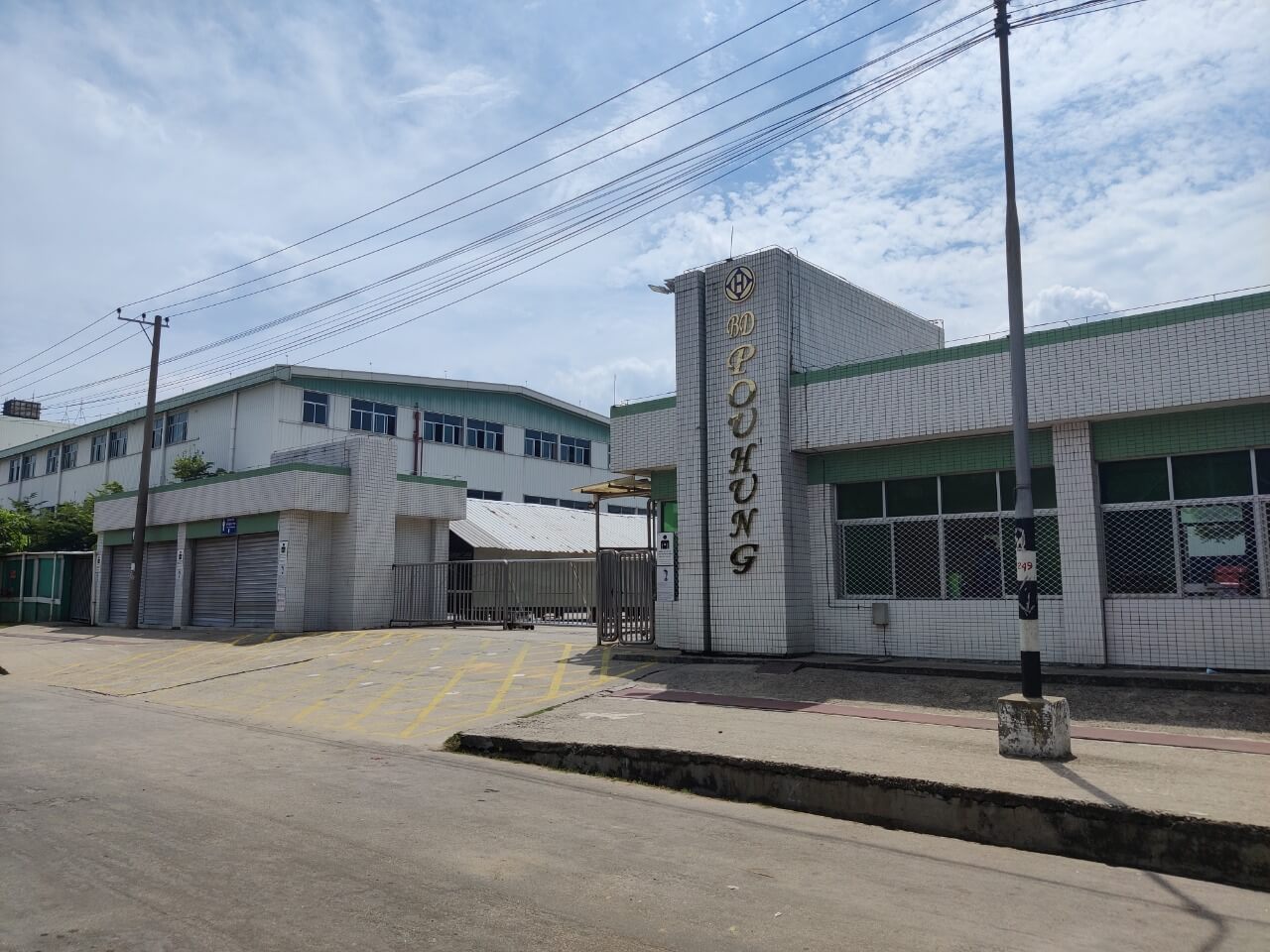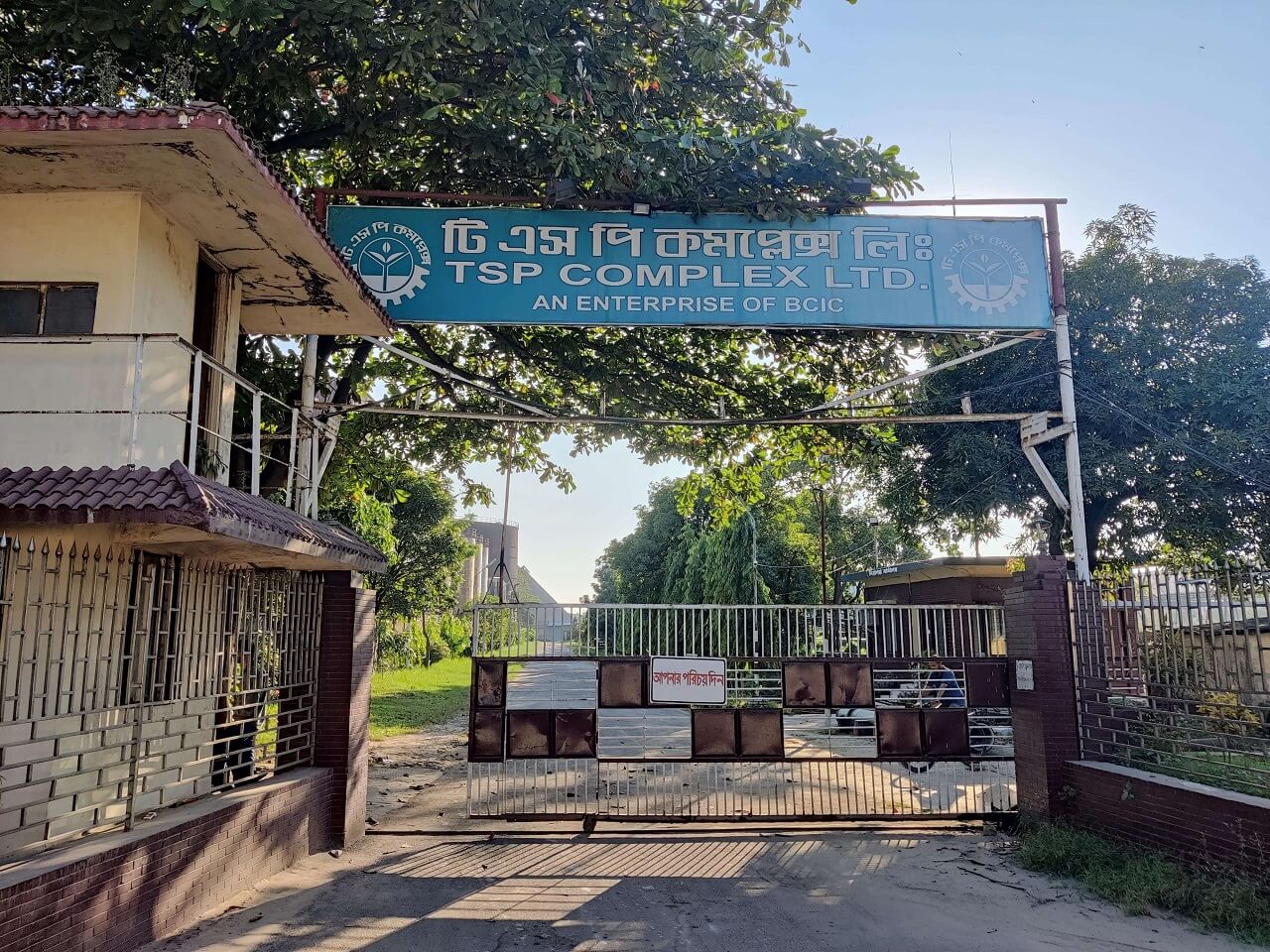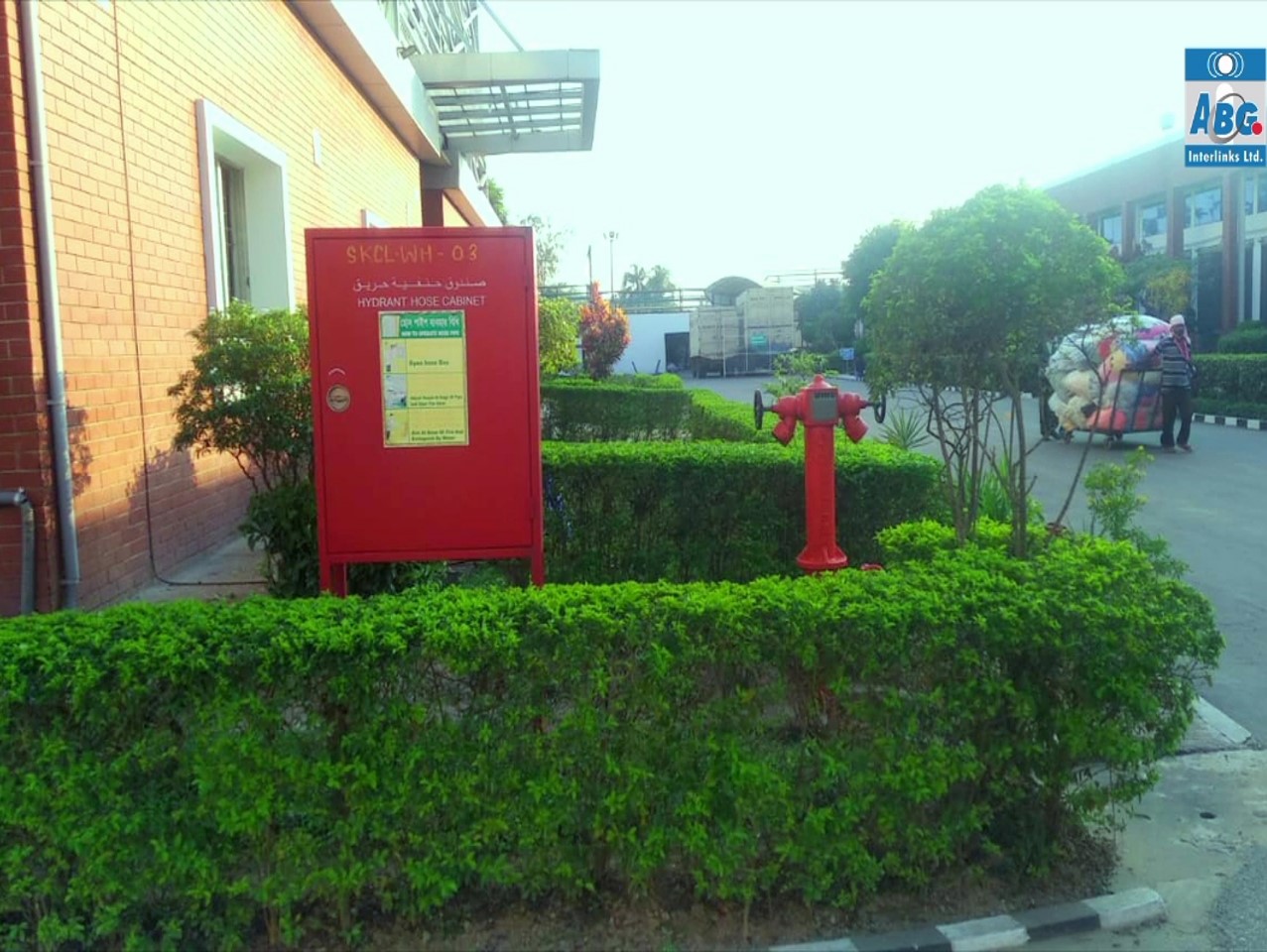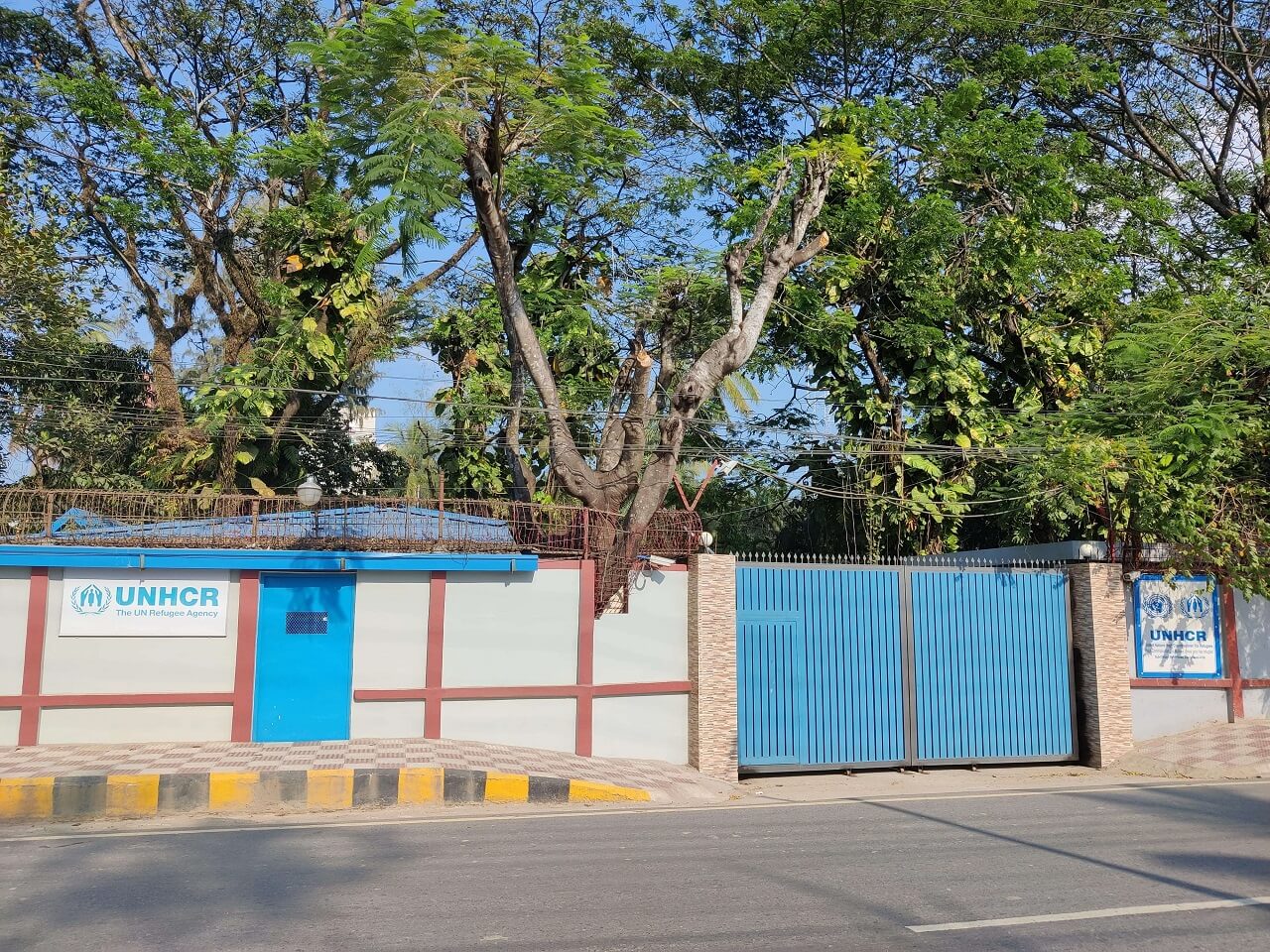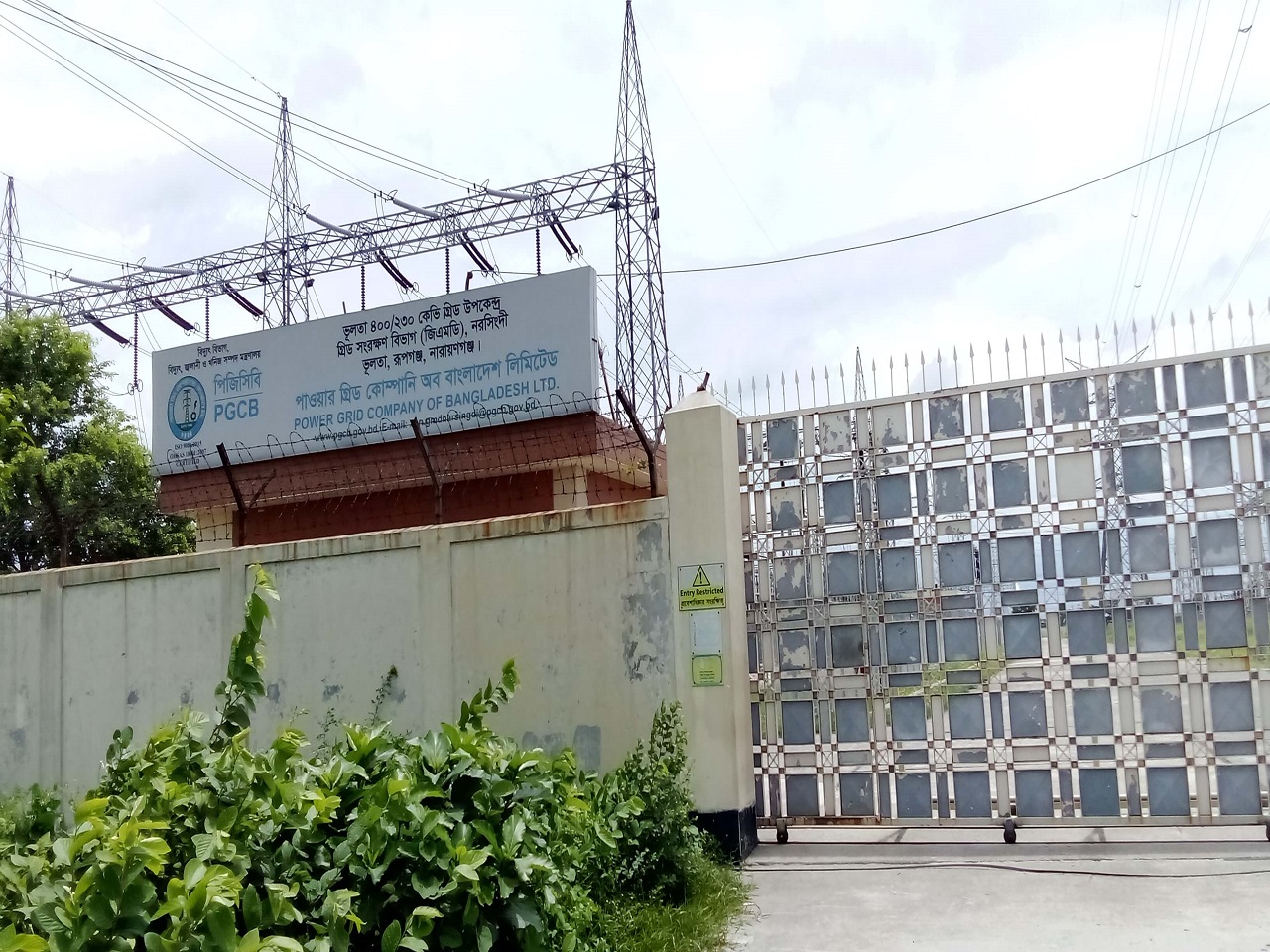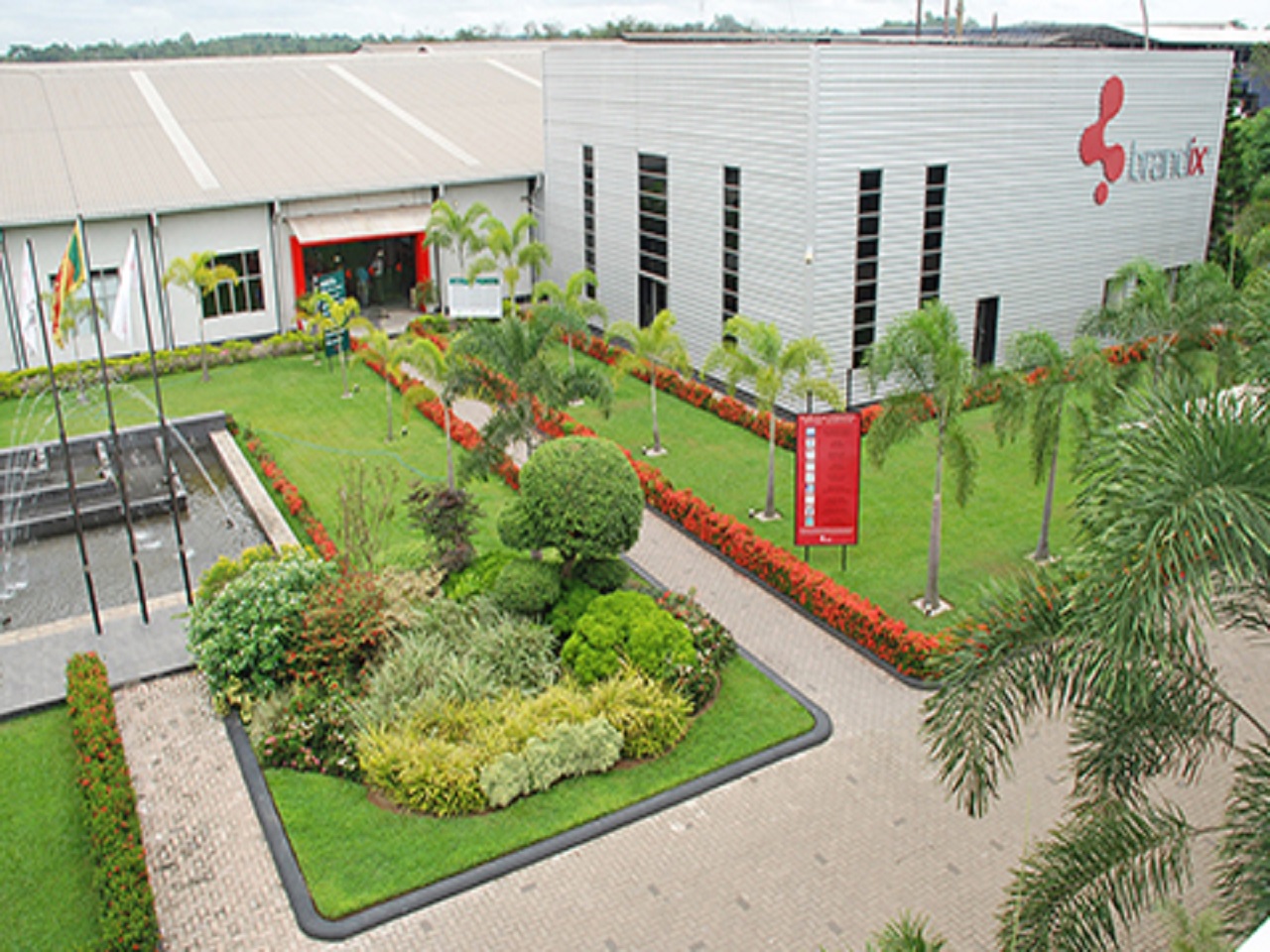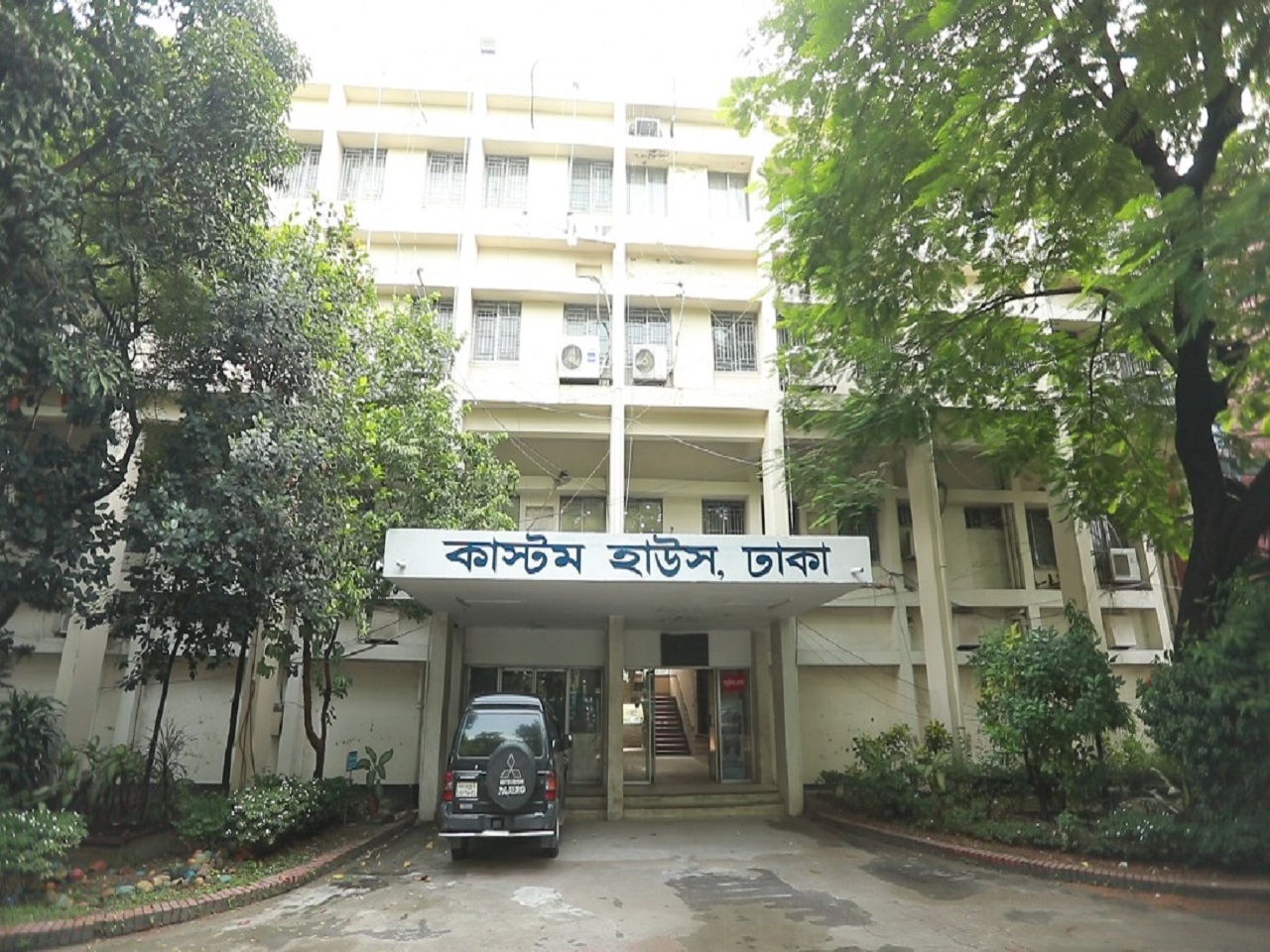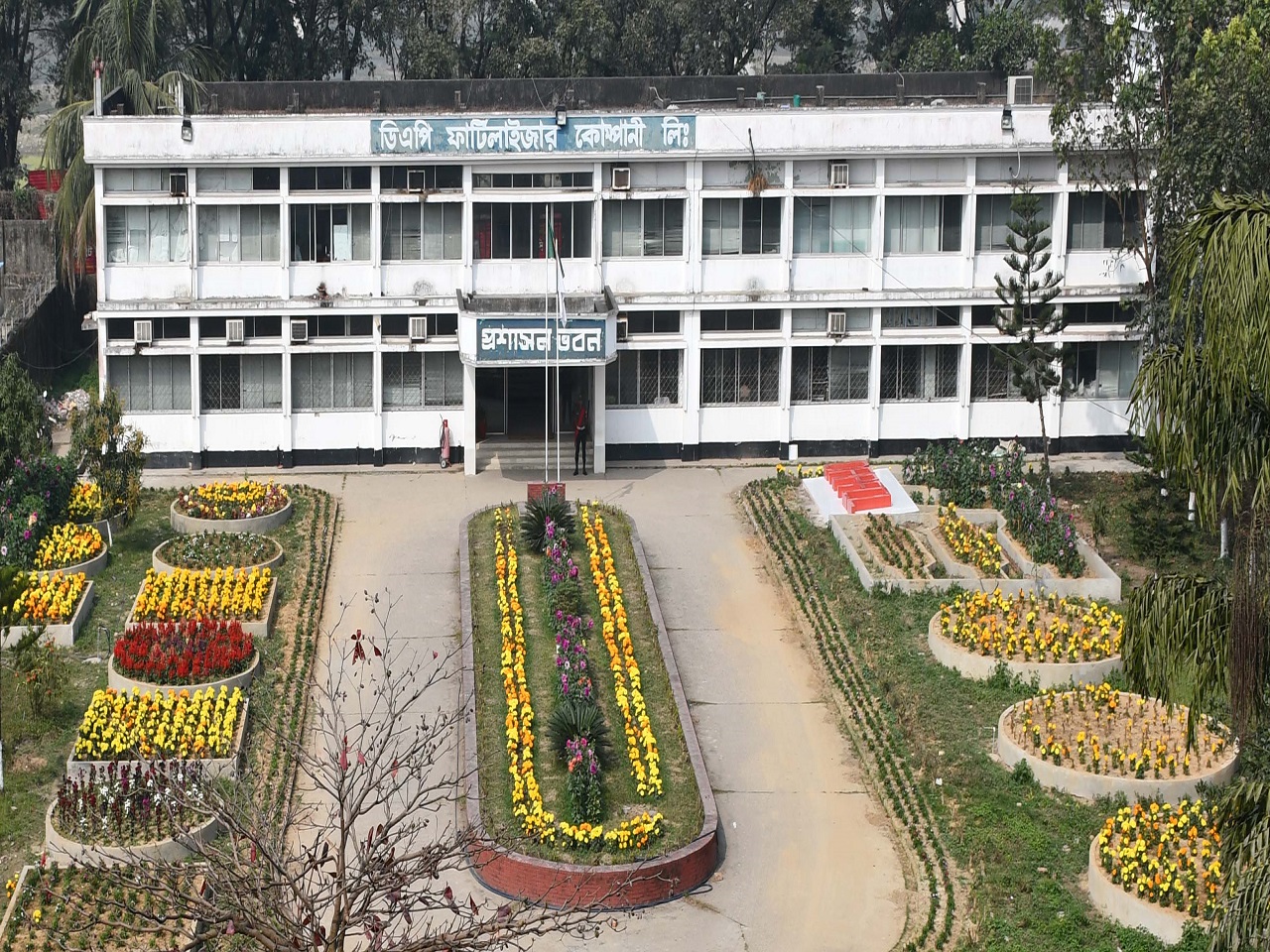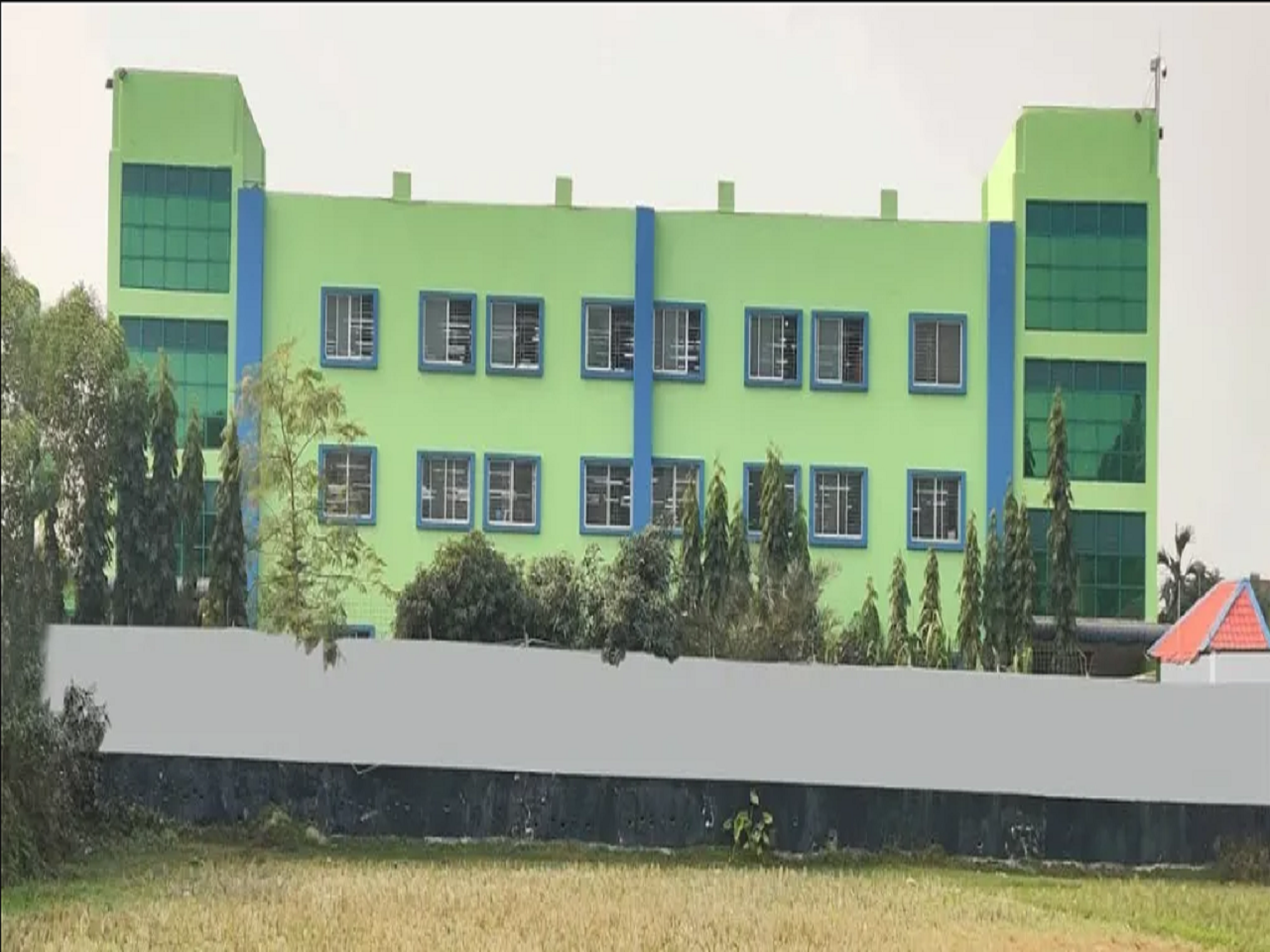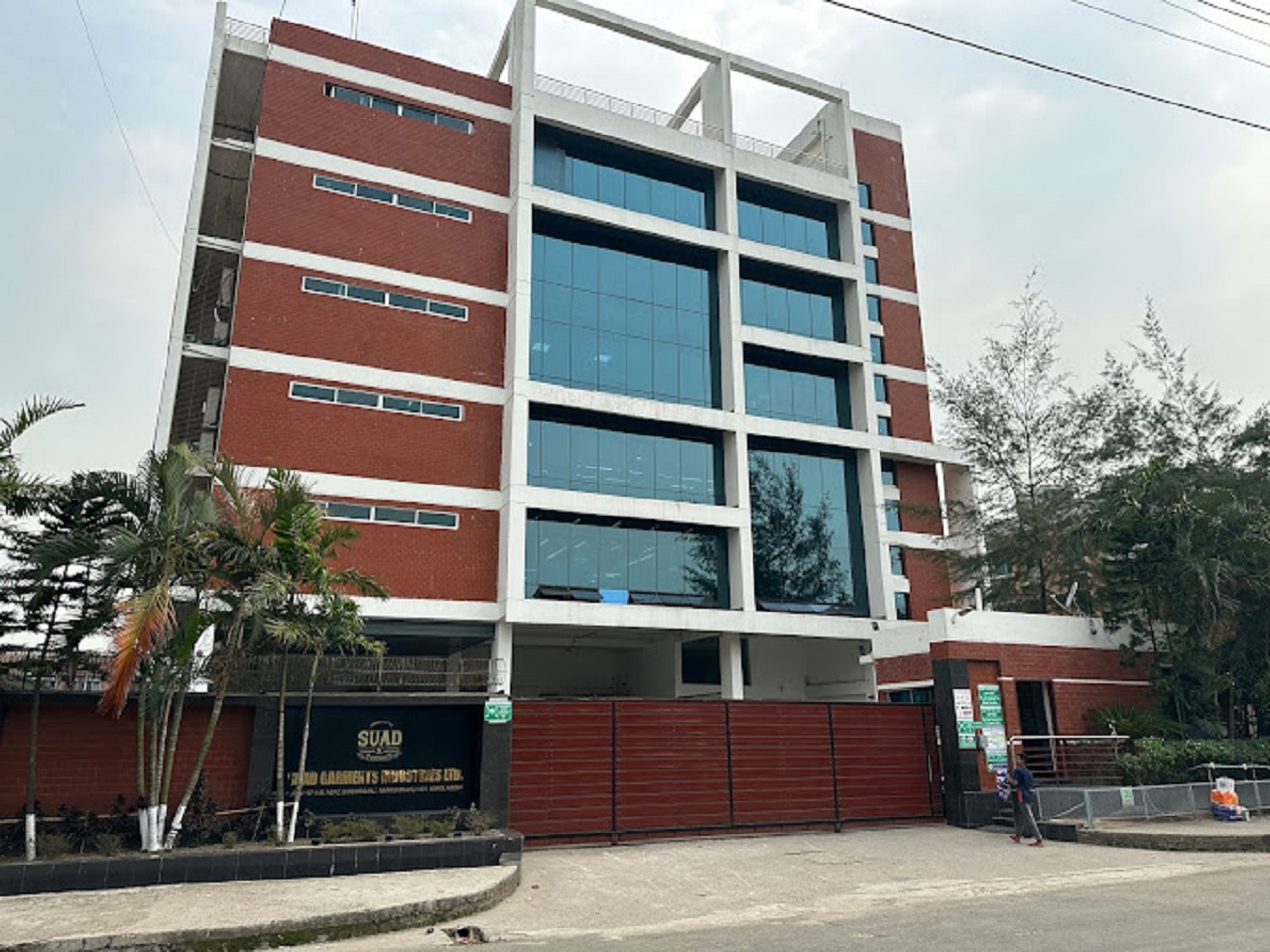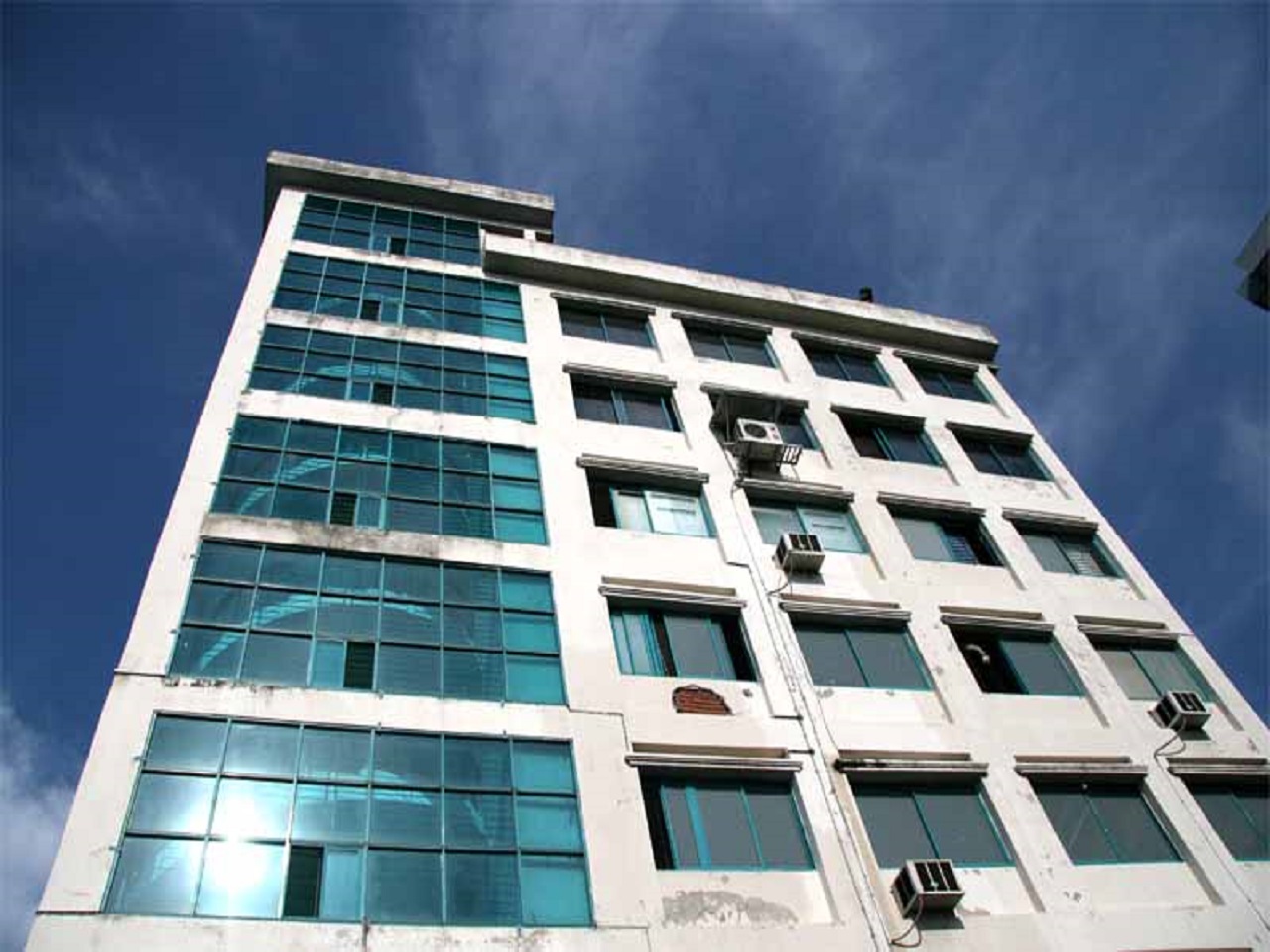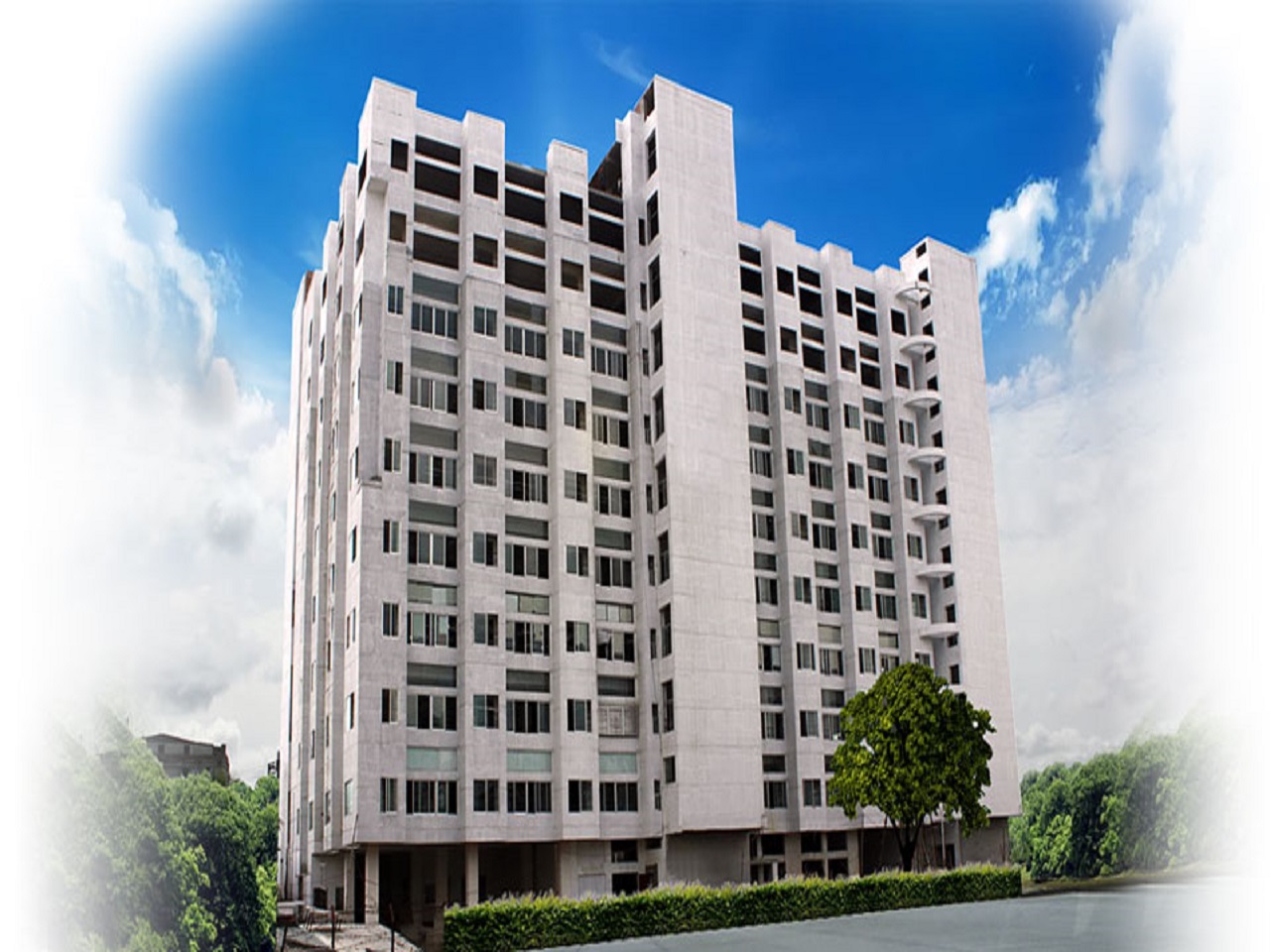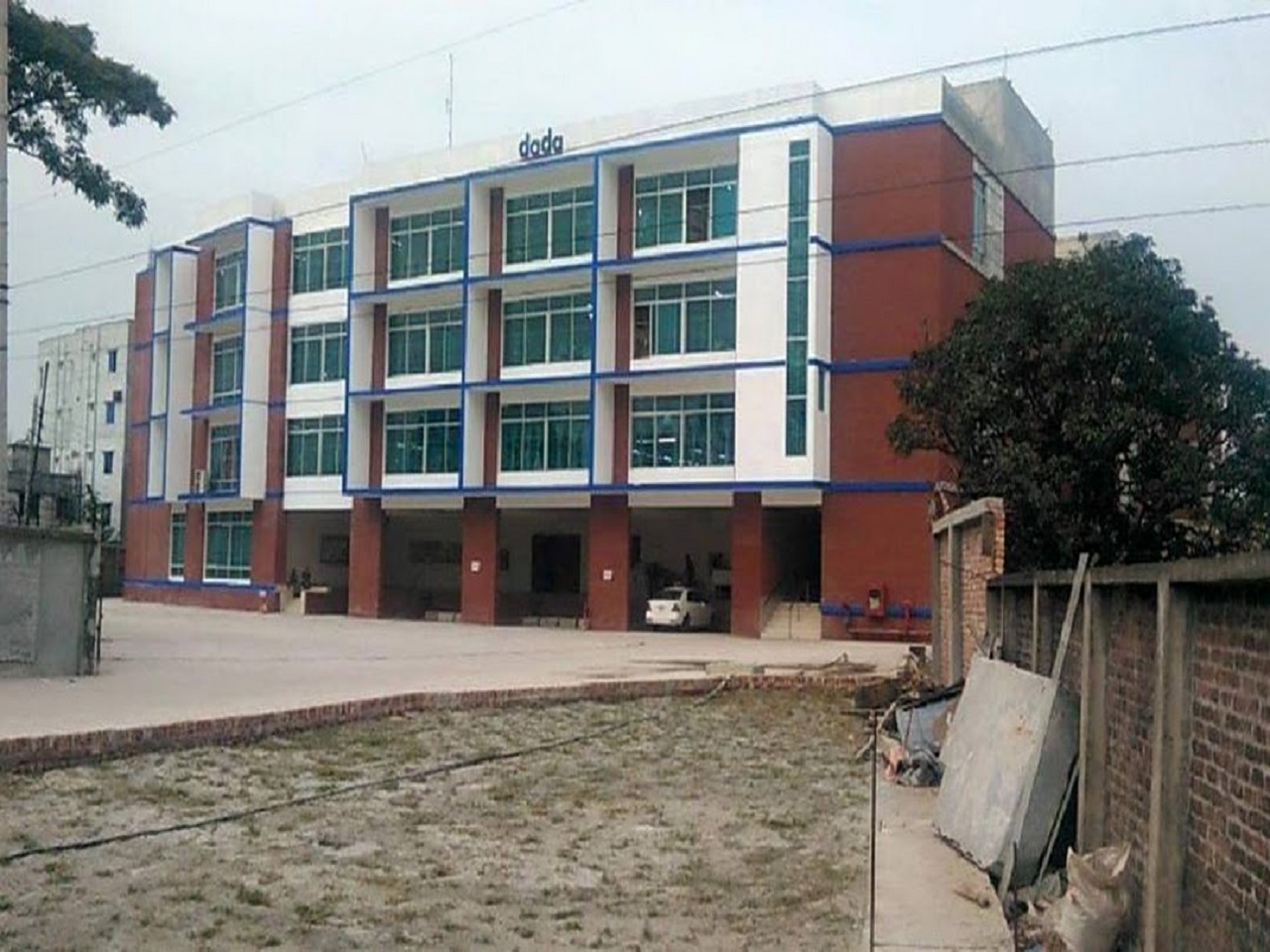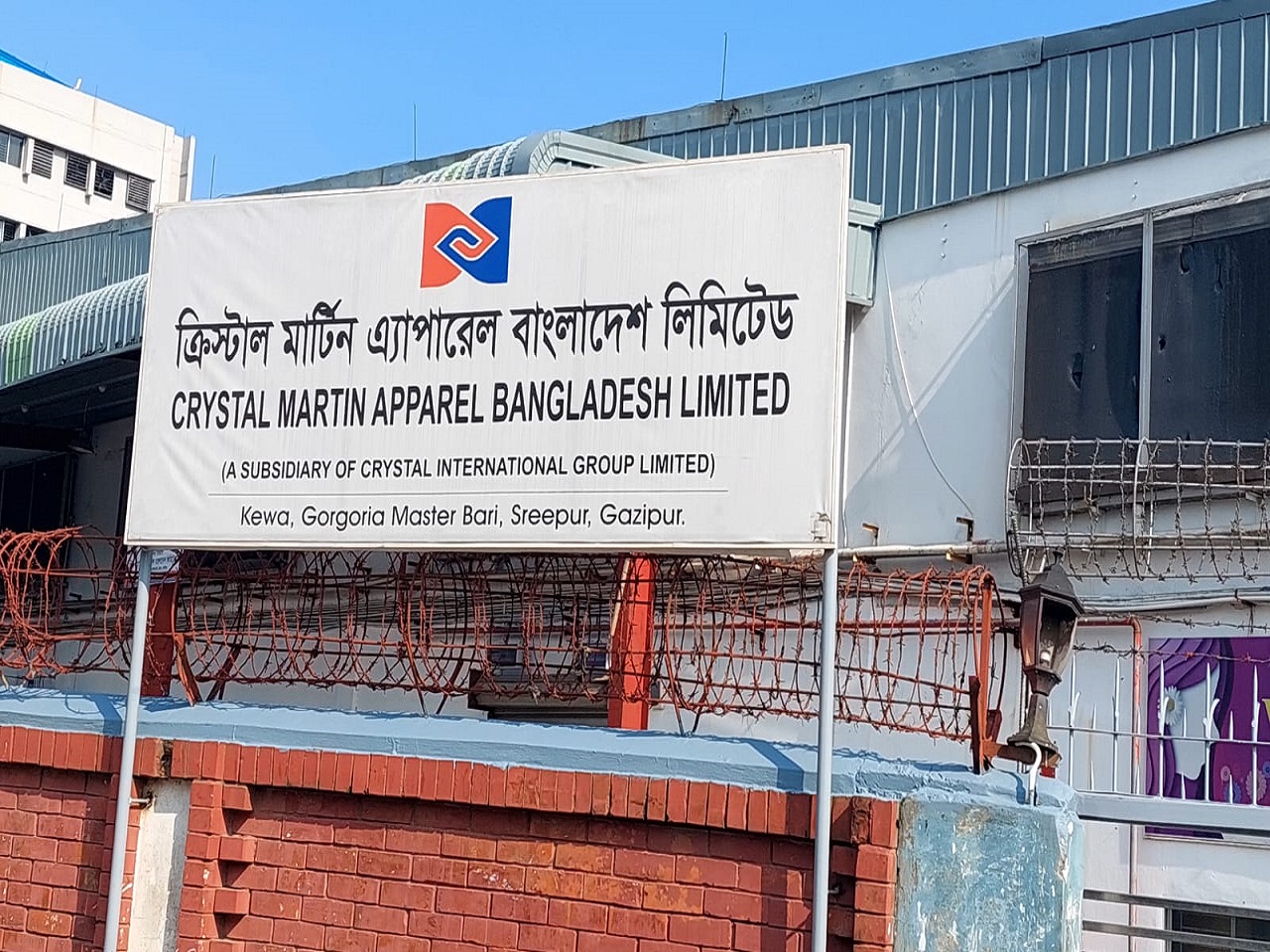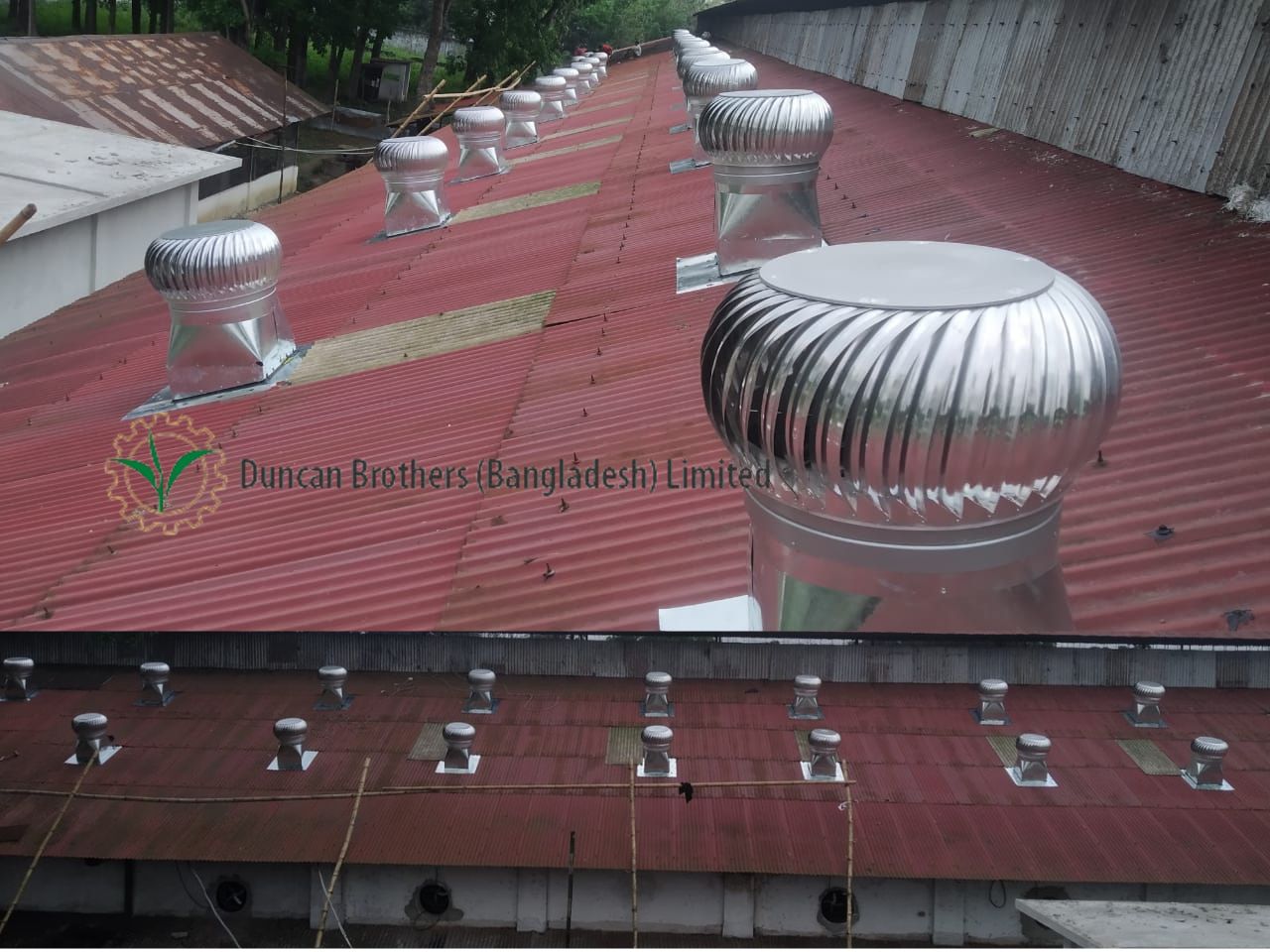(NOVEC)
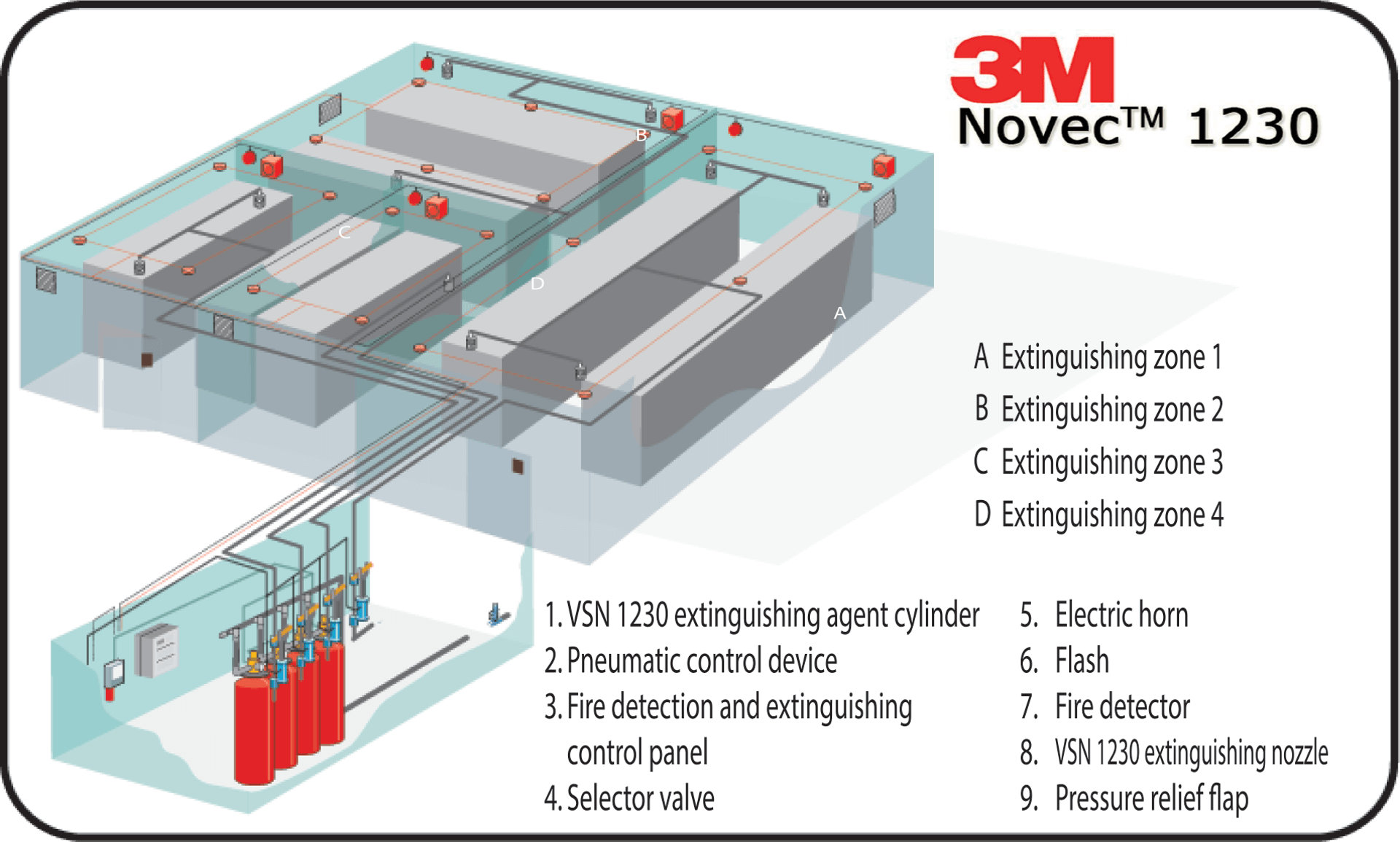
Fire Suppression System
Fire suppression systems are used to extinguish, control, or in some cases, entirely prevent fires from spreading or occurring. Fire suppression systems have an incredibly large variety of applications, and as such, there are many different types of suppression systems for different applications being used today.
Novec 1230 fire suppression system
ABG Interlinks ltd have brought to the market products that match the requirements of industry. 3M™ Novec™ 1230 fluid, a new development with some advantages over current technologies. 3M™ Novec™ 1230 fluid allows us to complement our existing range of agents as the phase out of halons accelerates in many countries around the world.
3M Novec 1230 fluid extinguishes fires by removing heat. All fires need heat, oxygen, and a fuel source to continue to burn. By removing any of these three elements, you can extinguish the fire. Other fire suppression agents, such as carbon dioxide, remove oxygen. But because the fluid removes heat instead of oxygen, it is safer to use in occupied spaces as it does not pose a suffocation risk for people.
Environmental Features
3M™ Novec™ 1230 fluid contains neither bromine nor chlorine and has zero 0zone depleting potential. The atmospheric lifetime of 3M™ Novec™ 1230 fluid is estimated to be in the range of 3-5 days and with a global warming potential of 1, it is considered that the 3M™ Novec™ 1230 fluid has no measurable impact on climate change.
Applications
FM200 fire suppression system
The extinguishing agent FM-200 ( HFC 227ea) is a hydrofluorocarbon (or heptafluoropropane). FM200 is a colourless gas which is liquified under pressure for storage. Like Halon 1301 it has a low toxicity level and is superpressurised with Nitrogen to 24.8bar (360psi). It rapidly extinguishes most commonly found fires through a combination of chemical and physical mechanisms.
Applications
Co2 fire suppression system
CO2 fire suppression system eliminates the oxygen to suppress the fire. When the suppression system detects smoke or fire, it then releases the CO2 agent into the space it is protecting. The CO2 level in the space quickly increases as the oxygen level quickly drops causing the fire to be suppressed or extinguished.
CO2 is a colorless, odorless, and electrically non-conductive gas that leaves no residue behind. This means any sensitive equipment that is in the protected space is not damaged by the CO2, which reduces downtime and costs. Once the CO2 has dispersed to safe levels from the protected space, personnel can access any damage from the fire or smoke and quickly get back to work with no cleanup needed.
Applications

- Best Fire Hydrant Installation
- Fire Sprinkler
- Fire Suppression (NOVEC)
- Aerosol Fire Suppression System
- Fire Water Deluge System
- High Pressure water MIST system
- Fire Pump Sets
- FIRE Extinguishing & Door Accessories
- Conventional Fire Alarm Systems
- Addressable Fire Alarm Systems
- Misc Detection Products (NOVEC, VESDA, ASPIRAS)
- Smoke Extraction System
- Staircase Pressurization System


